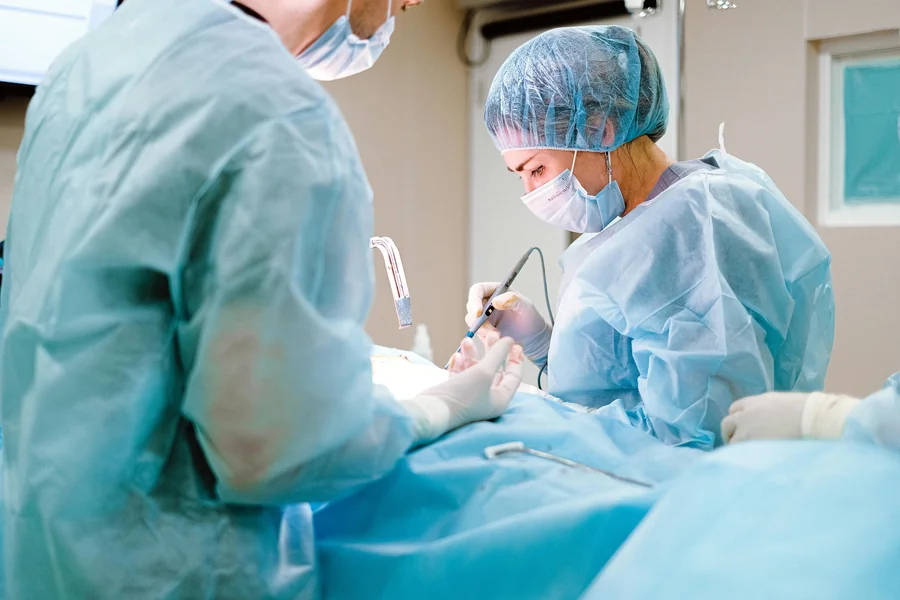Before 2020, most people rarely thought about personal protective equipment, or PPE, outside of hospitals, construction sites, or laboratories. But once the pandemic hit, masks, gloves, and face shields became as familiar as smartphones and keys. The global spotlight on PPE changed how we view protection—not just against viruses but against everyday hazards in all types of work.
Today, the world has moved beyond the emergency mindset of those early months. Still, PPE continues to evolve. It’s no longer just about surviving a crisis; it’s about building safer workplaces and healthier routines for the long term. From smarter materials to better design, PPE has become a key part of how employers and employees think about safety.
Rethinking Protection in a Post-Pandemic World
The pandemic redefined what it means to feel safe at work. Suddenly, masks and gloves were not just for medical professionals—they were for everyone from grocery clerks to delivery drivers. That moment revealed an important truth: protection shouldn’t be limited to specific jobs or emergencies. It’s a universal right and responsibility.
This shift led companies to reassess how they protect their teams. PPE moved from being an afterthought to a permanent fixture in workplace policies. Instead of waiting for an incident to happen, organizations began taking proactive steps to ensure their employees had access to reliable protection every day. The lessons learned during the pandemic laid the foundation for a broader understanding of workplace safety—one that includes both immediate and long-term health.
How Modern PPE Reduces Workplace Injuries
Even before the pandemic, ppe products played a major role in reducing workplace injuries. Helmets, gloves, respirators, and protective eyewear have long been essential for workers in industries like construction, healthcare, and manufacturing. But newer innovations have made PPE more effective than ever.
Advances in materials, for example, have made gear lighter and more comfortable without sacrificing protection. Breathable fabrics reduce heat stress, while flexible designs allow workers to move freely and perform tasks safely. In healthcare, improved face shields and gowns combine comfort with high-level protection from fluids and contaminants.
The result is that employees are more likely to wear their PPE consistently, which directly reduces accidents and injuries. When gear is well-fitted and easy to use, it becomes a natural part of the workday rather than a burden. This change in design philosophy helps protect workers not only from physical harm but also from fatigue and strain that can come from using uncomfortable or outdated equipment.
Preventing Long-Term Health Risks Through Consistent Use
While PPE is best known for preventing immediate injuries, its impact on long-term health is just as significant. Chronic exposure to dust, chemicals, or repetitive strain can lead to lasting health problems if workers aren’t properly protected. Respiratory illnesses, skin conditions, and musculoskeletal pain are all preventable when PPE is used correctly and consistently.
For instance, long-term use of proper respiratory protection can dramatically lower the risk of lung disease in manufacturing or construction environments. Gloves and protective clothing prevent chemical burns and skin irritation that might not appear until years later. Even ergonomic improvements—like wrist supports or anti-fatigue mats—play a role in safeguarding workers from conditions that develop slowly over time.
Employers are starting to recognize this preventative value. Rather than treating PPE as a one-time purchase, many now view it as an ongoing investment in employee well-being. Regularly updated gear and training ensure that protection evolves alongside workplace conditions, keeping safety standards relevant and effective.
Embracing Innovation for the Next Generation of PPE
The next phase of PPE evolution is already taking shape. Innovation is transforming how protective gear functions and feels. Smart PPE—equipment embedded with sensors—can monitor temperature, air quality, or even a worker’s vital signs in real time. These technologies alert users to potential hazards before they cause harm, taking prevention to a whole new level.
Materials science is also advancing quickly. Manufacturers are developing antimicrobial fabrics that resist bacteria and odor, as well as recyclable or biodegradable materials that make PPE more sustainable. After the pandemic, there’s been a growing awareness of waste generated by disposable items, and companies are responding with reusable options that don’t compromise safety.
Design is another area where evolution is noticeable. PPE is being made with inclusivity in mind—better fitting gear for women, different body types, and people with mobility limitations. These thoughtful adjustments make PPE more accessible, comfortable, and effective for everyone on the job.
Building a Culture of Safety and Respect
Perhaps the most important change since the pandemic isn’t about materials or technology—it’s about mindset. PPE has become a symbol of care and respect in the workplace. When employers provide quality protection and employees use it correctly, it signals mutual trust and responsibility.
Creating a culture of safety starts with small actions: regular training, easy access to gear, and open communication about risks. When workers see that their well-being is prioritized, they’re more likely to stay engaged and loyal. This cultural shift ensures that PPE is no longer a last-minute requirement but a core part of every job’s daily rhythm.
PPE’s Lasting Legacy
The pandemic may have brought PPE into the global spotlight, but its importance goes far beyond those uncertain years. What began as an emergency response has evolved into a smarter, more thoughtful approach to workplace safety. Modern PPE not only prevents injuries but also supports long-term health, sustainability, and inclusivity.
As companies and workers continue to adapt, one thing is clear: personal protection isn’t just about avoiding harm—it’s about creating a future where everyone feels safe, valued, and prepared.

